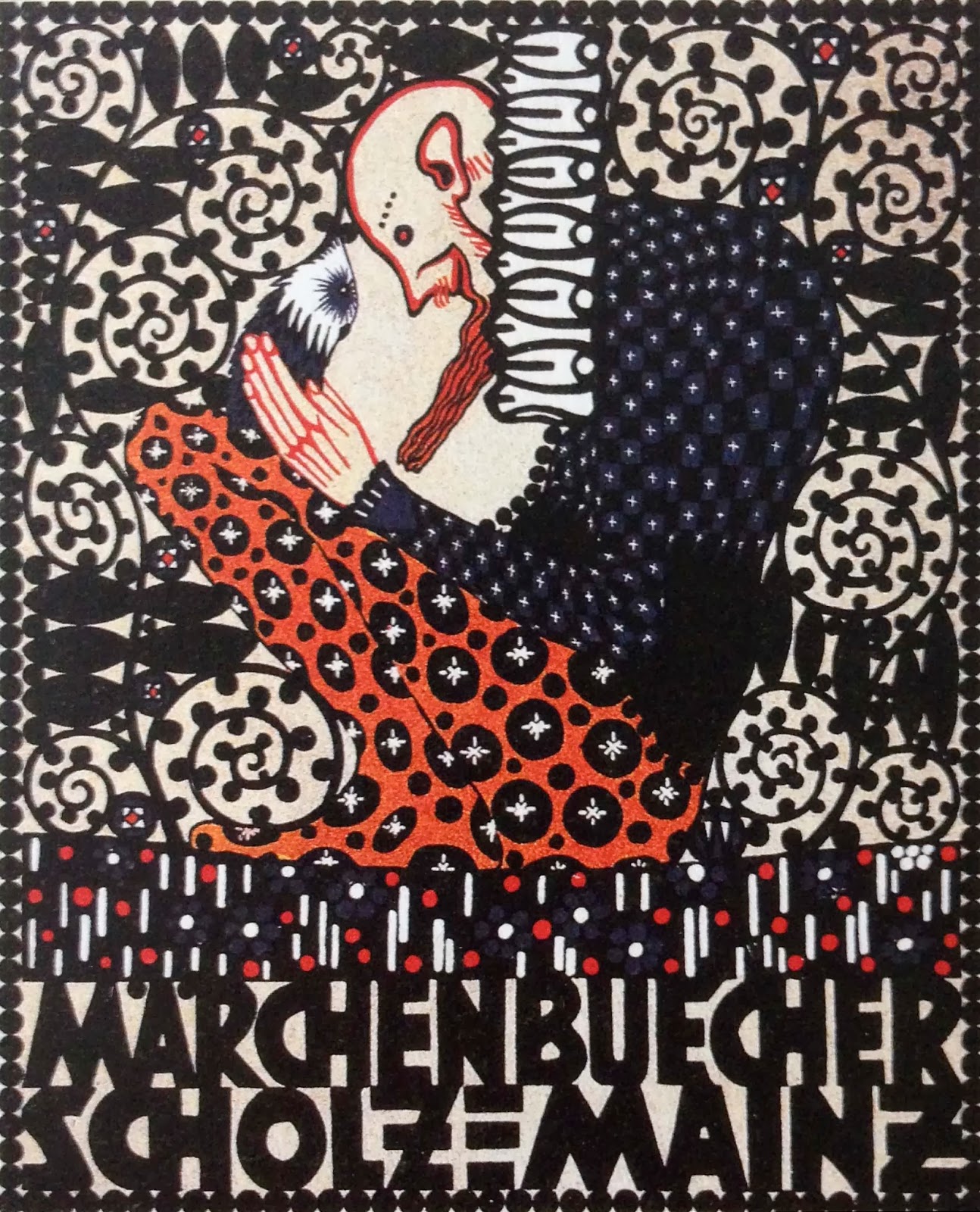Pin Cushion
circa 1908
A silver bundle of
leaves and a domed trellis: is this not a clever echo of nature? Adding and
removing pins from the top gives the piece a touch of seasonal evolution, of
growth - as in the more laden the cushion is, the more 'dense' the canopy of
fruity or flowery trees is (whether the pins are coloured or not). This
particular phase of the cushion [inset] implies winter; its espalier is bare, dormant, making the
leaves below seem frozen without their usual crown of blossoms. Perhaps a few
silver or grey-headed pins should speckle the cushion, but for the time being
they would only emulate a light snow fall.
Hoffmann's design is timeless. It does not
stand out as something unusual or odd, nor does it fit into a niche of
perfectly ordinary things. It does not beg for attention, nor does it remain
unnoticed. It is just a wonderfully subtle and calm work of art imbued with a
tinge of character (from what or whom, who can really say?) that tickles the
eye when it comes in sight. As delicate as Peche's ivory bell (see post for 14 April 2013), it invites one
to touch it, to memorise its weight and to feel its size - to discover where
its little heart beats, whether it lies in the pin cushion's very centre or throughout the
entirety of its chased skin.



